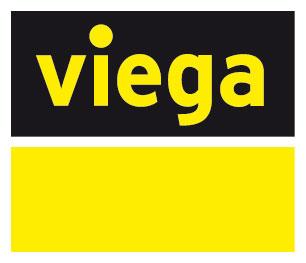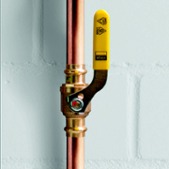Texans and many others in the South last week discovered firsthand what sub-freezing temperatures can do to water pipes.
Videos showed water from burst pipes cascading off high-rise apartment balconies and flooding basements. Power outages caused by the record cold meant no heat to keep the pipes and water warm, so the liquid froze and burst the metal pipes.
Using PEX instead of copper could have prevented some of the damage, according to a new report from the Plastics Pipe Institute (PPI). The study explains how PEX, like Viega’s PureFlow, can delay the freezing of water and how PEX can resist breaking even if the water inside does freeze.
Water-filled PEX is less likely to freeze because it has relatively low thermal conductivity compared to metal (68 times less conductive than copper for similar material thickness). That means it loses heat to the outside environment less quickly.
Also, PEX is flexible and will expand when the water inside freezes, unlike copper, which can burst. Not only will PEX expand, but it will return to its original dimensions when the water thaws.
“The inherent flexibility of PEX results in excellent freeze-break resistance,” said Lance MacNevin, P. Eng., director of engineering for PPI's Building & Construction Division.
PEX is safer for fire sprinkler systems, as well, explained Adam Botts, Viega Product Manager, Piping Systems. While metal potable water pipes can often be prevented from freezing by letting the faucets trickle, that’s not an option with wet fire sprinkler systems. PEX fire sprinkler pipes can safely expand when plastic or metal pipes burst, he said.
As contractors replace the damaged pipes, they should consider using PEX to prevent similar damage in the next deep freeze.








